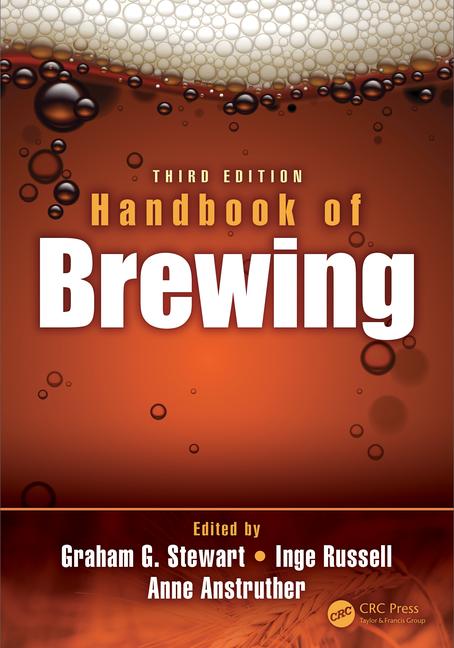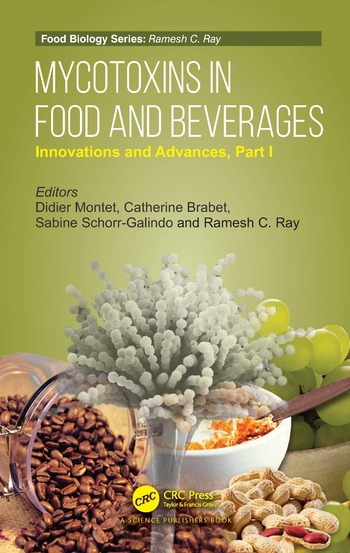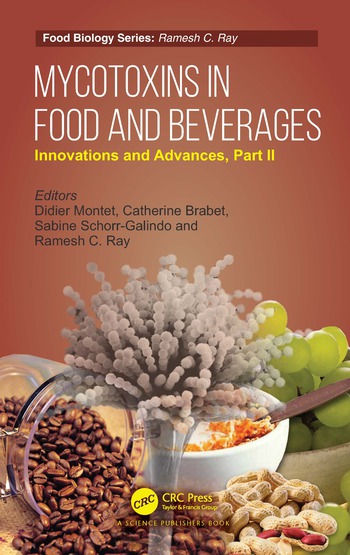Vanillas with specific origins, claims gaining traction
Virginia Dare turns to higher-fold vanillas for halal applications

Vanilla has always been a popular flavor in dairy-based drinks, according to David Michael & Co.'s Mike Fasano. (Image courtesy of Midwest Custom Bottling)

Although originally popular in brown liquors, vanilla has begun making an appearance in white liquors like vodka as well, notes Virginia Dare’s Rick Brownell. (Image courtesy of Campari America)


Although some people might use the word “vanilla” to describe events, people and objects that are ordinary or boring, researchers have found that people who like vanilla flavor actually are the life of the party. A recent study analyzing the link between flavor preferences and personality commissioned by Danone’s Danio yogurt brand in the United Kingdom found that people who like plain or vanilla flavors are almost twice as likely to describe themselves as extroverts, compared with people who do not like vanilla. Like these extroverted consumers, the components within vanilla ingredients are just as social, as they interact and “mingle” to shape the ingredient.
Vanilla is not just one flavor but actually a mingling of more than 250 flavor components, according to Philip A. Barone Jr., director of flavor development at California Custom Fruits and Flavors, Irwindale, Calif. “By themselves, most [of the components] are unrecognizable as vanilla, with the exception of vanillin,” he explains. “Together, they come to life, contributing a wide array of flavor notes … which include categorizations such as creamy, earthy, balsamic, beany, caramellic, woody, phenolic and spicy.”
These flavors can vary by extraction and curing processes, vanilla grade and vanilla bean origin, Barone notes. For example, Madagascar bourbon vanilla beans, which are considered to be the “gold standard” of vanilla extract, have balsamic, beany and creamy attributes, he explains. By comparison, Indonesian vanilla beans have more of a woody, phenolic and smoky characteristic, and Mexican vanilla beans tend to be more spicy and musky, he says. Phil Sprovieri, vice president of sales and marketing at Flavorchem Corp., Downers Grove, Ill., says that Madagascar vanilla beans are the most popular origin type among his customers’ vanilla requests.
Despite these variations, the U.S. Food and Drug Administration (FDA) has established a Federal Standard of Identity for vanilla that outlines requirements and allowances for an extract’s composition in order to be considered vanilla extract. Vanilla is the only flavor with its own Federal Standard of Identity, according to Rick Brownell, vice president of vanilla products at Virginia Dare Extract Co. Inc., Brooklyn, N.Y. The ingredient’s Standard of Identity requires that the extract’s entire characterizing flavor be derived from vanilla beans, and its ethyl alcohol content must be at least 35 percent by volume, Brownell says.
This ethyl alcohol content requirement poses a challenge for incorporating vanilla into halal products, which do not allow alcohol, notes Christopher Smith, business development manager at Virginia Dare. To produce a vanilla flavor to fill this need, the company uses higher-concentration or higher-fold vanillas that tend to have much lower alcohol concentrations and can be more suitable for halal products, he explains.
Virginia Dare also has experienced an increase in requests for organic, Fair Trade Certified and Rainforest Alliance Certified vanillas, Brownell says. “Traditionally, vanilla beans have always been sourced in very developing countries in very remote locations,” he says. Consumer and retailer interest in these claims has brought to light the complexity of the vanilla supply chain, he notes. The individual growers tend to be very remote and very decentralized, he says. As such, they also do not have much leverage in financial transactions, he adds.
In order to support the sustainability of the vanilla market in Madagascar, Virginia Dare partnered with Madagascar-based Soarary to take greater ownership of the vanilla harvesting process. Through the initiative, the duo is working to help farmers learn how to properly cure their raw vanilla and prepare it for the international market. In this way, the farmers can garner additional income by offering this added-value step to their handling and sell their cured vanilla on the international market at higher prices than those paid within Madagascar, the company says.
New requests like these claim-specific attributes as well as organic growth opportunities for the ingredient within the beverage industry continue to bolster the popularity of vanilla, Brownell says. Vanilla always has been a top seller for milk-based beverages, according to Mike Fasano, director of vanilla technology at David Michael & Co., Philadelphia. The expansion of the market into dairy-alternative beverages, like soy and almond milk, has in turn increased the market for vanilla, Virginia Dare’s Brownell says. In addition, vanilla traditionally has been used as a background smoother in brown liquors like bourbons and cognacs, but more recently white liquors like rum and vodka have incorporated vanilla into flavor variations, he notes.
Part of vanilla’s popularity comes from its amicable flavor profile, experts note. Vanilla pairs well with virtually any other flavor, except high-acid and low-sweetness ones, David Michael’s Fasano says. In addition, vanilla can serve as a masking agent and even enhance other flavors, including chocolate, coffee, cocoa and cream-type flavors, says David Ames, president of Sovereign Flavors Inc., Santa Ana, Calif.
Related: Virginia Dare launches sustainable vanilla partnership
Looking for a reprint of this article?
From high-res PDFs to custom plaques, order your copy today!












